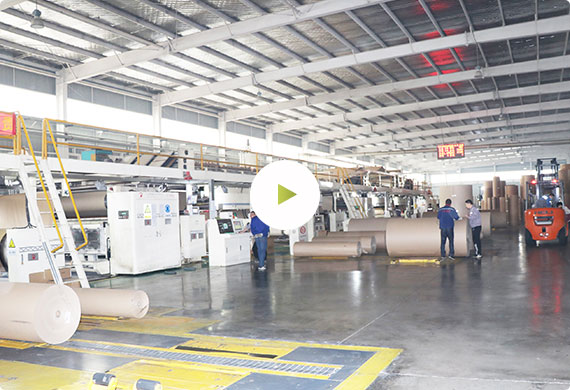Buying Guide: Monomer
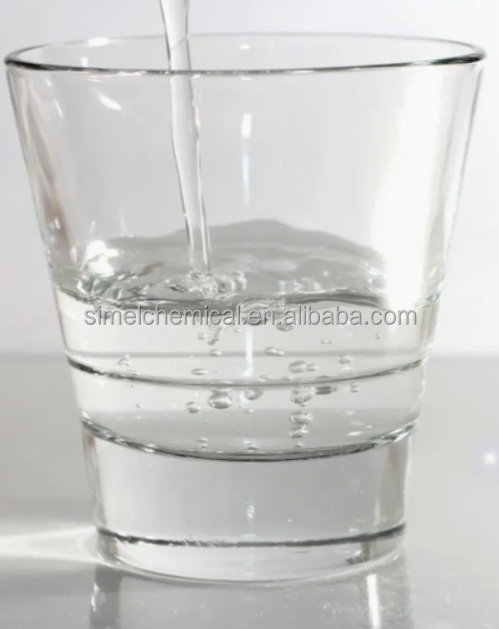
A Fundamental Component in Polymer Chemistry
If monomers are a key part of your industrial or manufacturing process, then this guide will serve as a valuable resource.
Let’s explore the fundamentals, characteristics, and applications of monomers.
What is a Monomer?
A monomer is a small molecule that can chemically bond with other monomers to form larger, more complex molecules known as polymers. These building blocks are vital in the production of synthetic materials such as plastics, resins, and rubber.
Monomers may exist as gases, liquids, or solids and can be natural or synthetic. They undergo polymerization reactions, including addition or condensation processes, to form high-molecular-weight compounds used in a variety of industrial and commercial sectors.
How to Identify a Monomer
Acrylamide, Ethylene, Styrene – Common Monomer Examples
Monomers typically appear in liquid or crystalline solid forms, often colorless or lightly tinted. They are labeled based on their chemical structure (e.g., acrylamide, vinyl chloride, methyl methacrylate), and each has unique reactive sites such as double bonds or functional groups that allow them to bond during polymerization.
Chemical Properties of Monomers
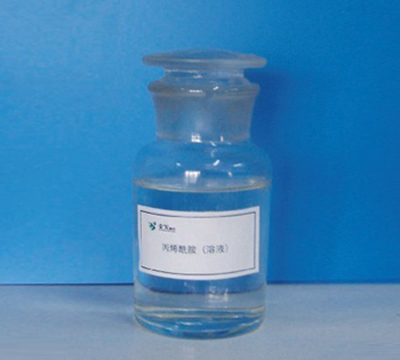
-
Low molecular weight reactive compounds
-
Contain reactive functional groups (e.g., –C=C–, –OH, –COOH)
-
Exist in gaseous, liquid, or solid form
-
Can polymerize via heat, catalysts, or initiators
-
Classified as vinyl monomers, diene monomers, acrylics, etc.
Monomer Applications
Monomers are critical in a wide range of sectors:
-
Plastics Manufacturing: Monomers like ethylene and propylene are used to create polyethylene and polypropylene for packaging, containers, and automotive parts.
-
Adhesives and Sealants: Acrylic monomers provide strong adhesion and durability.
-
Textiles and Fibers: Monomers such as acrylonitrile are used to make synthetic fibers like acrylic and nylon.
-
Coatings and Paints: Methacrylate monomers contribute to the production of weather-resistant coatings and finishes.
-
Biomedical Applications: Biocompatible monomers form hydrogels and drug delivery systems.
-
Water Treatment: Monomers like acrylamide are polymerized to produce flocculants used in clarifying water.
Monomer Types & Grades
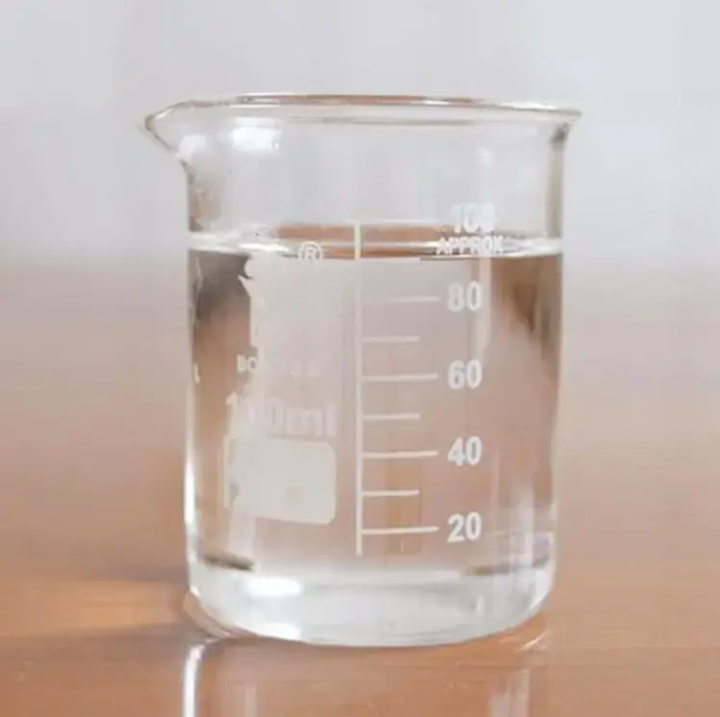
Monomers are available in various chemical compositions and purity levels:
-
Vinyl Monomers: e.g., vinyl acetate, vinyl chloride – used in PVC, PVA, etc.
-
Acrylic Monomers: e.g., methyl methacrylate, acrylamide – used in resins and polymers
-
Styrenic Monomers: e.g., styrene – used in polystyrene, ABS plastics
-
Functional Monomers: include epoxides, carboxylic acids – for reactive polymer systems
Grade and concentration are crucial, as small impurities can impact the final polymer’s mechanical, thermal, or chemical performance.
Is a Monomer a Reducing Agent?
Not typically. While monomers themselves are not reducing agents, they are often involved in redox polymerization processes. Some may be combined with initiators like peroxides or redox systems to trigger chain reactions during polymerization.
Is a Monomer Toxic?
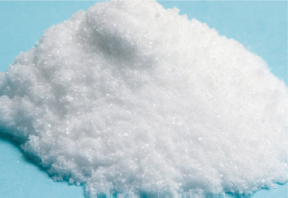
Many monomers can be hazardous in their raw form. For example:
-
Acrylamide is a known neurotoxin
-
Styrene is classified as a possible human carcinogen
-
Vinyl chloride has toxic and flammable properties
Proper PPE (personal protective equipment), handling procedures, and storage protocols are necessary. Once polymerized, the resulting polymers are usually far less toxic or inert.
Is a Monomer Explosive?
Generally, monomers are not explosive, but many are highly flammable or volatile. Certain monomers, especially those with double bonds, can self-polymerize or degrade under heat or UV exposure, potentially leading to runaway reactions if not stabilized.
To ensure safety:
-
Use inhibitors (e.g., hydroquinone)
-
Store below recommended temperatures
-
Avoid exposure to open flames and oxidizers
Monomer vs. Polymer
Purity of Monomers
For industrial-grade applications, monomer purity should be >98%, and for pharmaceutical or food-grade, the purity must exceed 99.9%.
Low impurity levels are vital to control the molecular weight and quality of the final polymer.
Residual Inhibitor Content must also be considered and controlled, especially in medical or electronic applications.
Monomer Price & Supplier Considerations
Monomer pricing varies by:
-
Chemical type and synthesis method
-
Purity level and stabilizer type
-
Production volume and location
-
Certifications (REACH, ISO, FDA)
When selecting a supplier:
-
Ensure reliable and consistent supply
-
Request technical data sheets (TDS) and certificates of analysis (COA)
-
Evaluate their quality control practices
-
Consider the availability of custom-formulated blends
How to Buy Monomers?
To procure high-quality monomers effectively:
-
Define your requirements – Identify the required monomer (e.g., acrylamide, methyl methacrylate) and its purity grade.
-
Request samples – Conduct lab testing for compatibility before bulk orders.
-
Check certifications – Look for ISO 9001, REACH, or food/pharma compliance.
-
Verify packaging & storage – Confirm packaging is sealed, moisture-proof, and inhibitor-stabilized.
-
Inspect upon delivery – Review documentation, labels, and inspect for any leakage or contamination.

